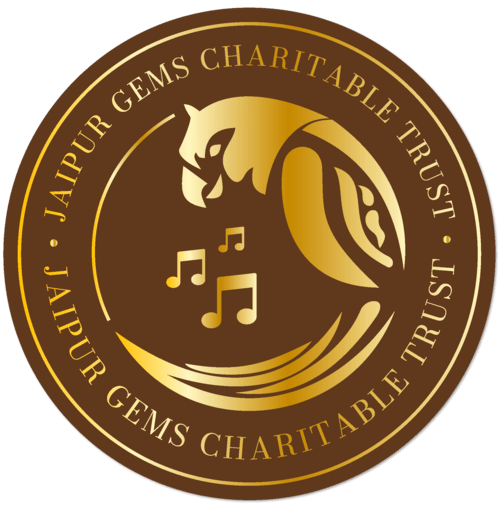Indian classical music branches into two distinct styles, Indian and Carnatak, and features a multitude of ragas and raginis associated with different times of the day, from morning to night.


this intricate musical tapestry remains intimately connected to the natural world and the broader universe, carrying the spiritual essence of a journey, for the listener.
This journey was shaped by various gharanas (schools), each carrying its distinctive approach, repertoire, and lineage. But beyond the artistic beauty, Indian classical music holds a profound spiritual essence.
It aspires to transport the listener on an immersive voyage, stirring deep emotions and nurturing a connection with the divine.


There is a rich tradition of Gharanas in classical Hindustani music. The music Gharanas are also called styles. These schools or Gharanas have their basis in the traditional mode of musical training and education. Every Gharana has its own distinct features. The main area of difference between Gharanas is how the notes are sung. The concept of a Guru-Shishya leads to the development of Gharanas.
The Gharanas emerge from the creative style of a genius, who gives existing structures a totally new approach, form and interpretation. The new approach, form and interpretation apply to include the tone of the voice, the pitch, the inflexions and the intonations, and the specific application of the various nuances. Let’s have a quick look at the popular Gharanas of Hindustani classical music.

Let the music begin…
We invite you to join us in celebrating this one-of-a-kind performative journey, by immersing yourself in the melodies and stories that have not only enriched our cultural heritage but also added to new layers of meaning and resonance to this timeless art form.
















